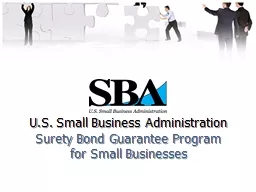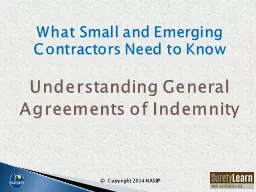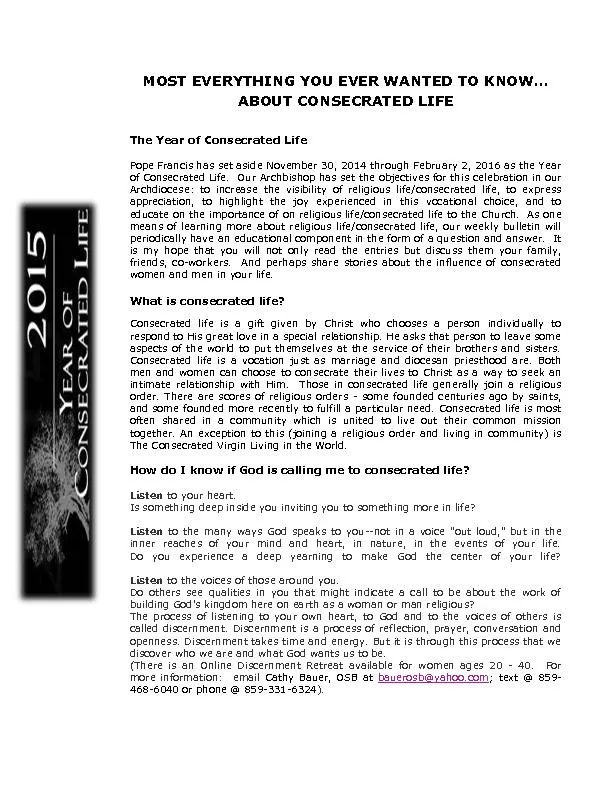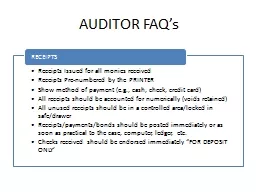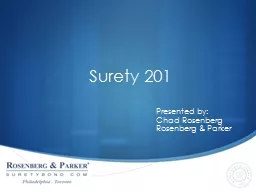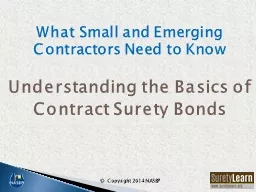PPT-Everything you ever wanted to know about surety bonds
Author : liane-varnes | Published Date : 2016-07-24
WCOE USA Annual Congressional and Leadership Conference February 4 2012 Mark McCallum National Association of Surety Bond Producers NASBP CEO Susan Hecker NASBP
Presentation Embed Code
Download Presentation
Download Presentation The PPT/PDF document "Everything you ever wanted to know about..." is the property of its rightful owner. Permission is granted to download and print the materials on this website for personal, non-commercial use only, and to display it on your personal computer provided you do not modify the materials and that you retain all copyright notices contained in the materials. By downloading content from our website, you accept the terms of this agreement.
Everything you ever wanted to know about surety bonds: Transcript
Download Rules Of Document
"Everything you ever wanted to know about surety bonds"The content belongs to its owner. You may download and print it for personal use, without modification, and keep all copyright notices. By downloading, you agree to these terms.
Related Documents



